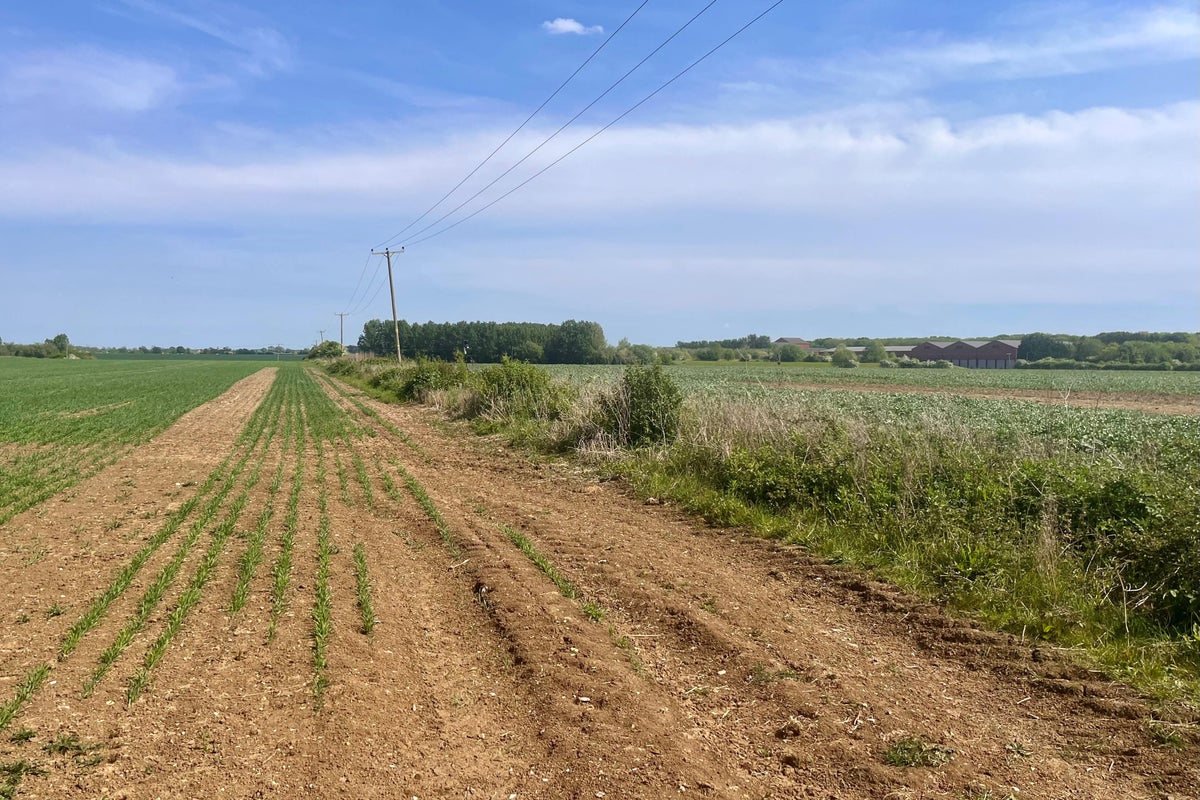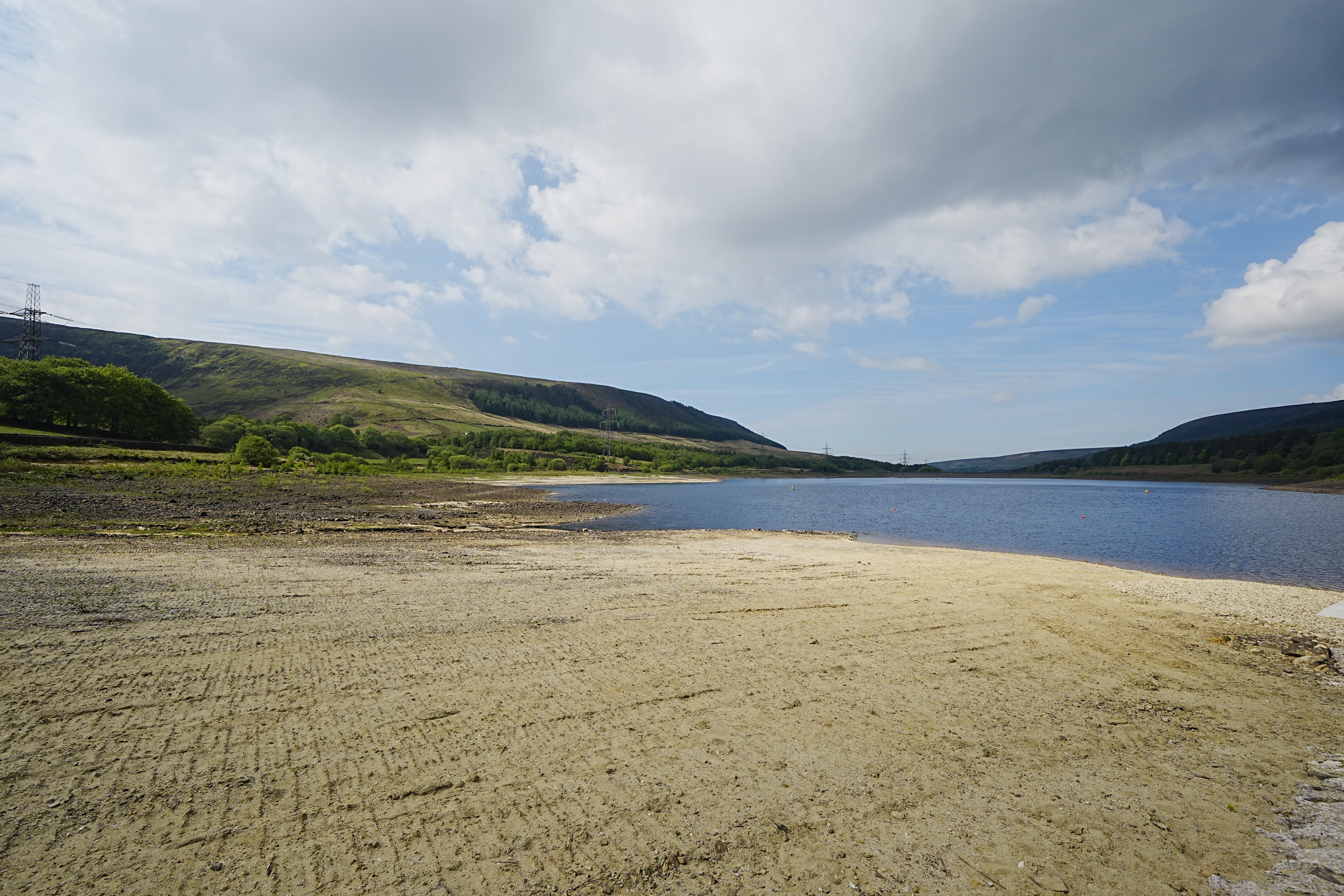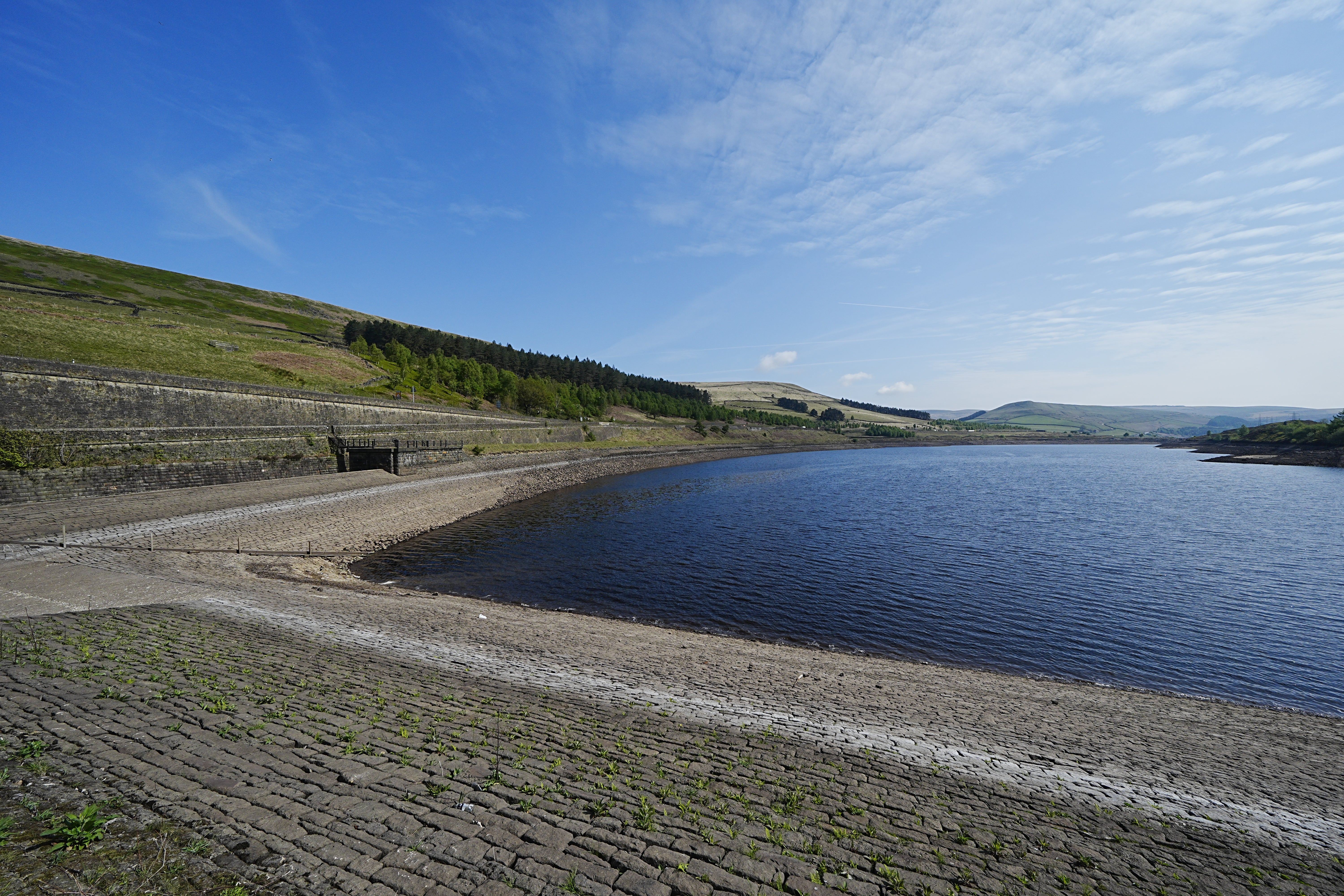
England faces a looming summer drought threat after experiencing its driest start to spring in nearly seven decades, raising concerns about reservoir levels and impacting crop production.
With water resources strained, pressure mounts on water companies to address leaks and promote water conservation.
The Environment Agency has highlighted a "medium" risk of summer drought, emphasising the need for proactive measures.
While hosepipe bans are not currently on the table, the regulator warns that restrictions could become necessary in the coming months if rainfall remains scarce.
This precarious situation has prompted the government's national drought group to convene a meeting with ministers, Environment Agency officials, water company representatives, and other stakeholders to discuss strategies for mitigating the drought risk.
A key focus of the meeting will be the Environment Agency's call for water companies to intensify efforts to reduce leaks and empower customers to adopt more efficient water usage practices.
The urgency of the situation is underscored by the fact that England has recorded its driest March-April period since 1956, exacerbating concerns about water availability for essential needs and agricultural activities.

Rainfall was well below average for most of the UK in April, the sunniest on record for the month, with just 56 per cent of expected totals recorded across the UK as a whole, and just half the average rainfall for England, Met Office figures showed.
And March saw just 43 per cent of its average rainfall across the UK, with England getting a quarter of the rain it would normally expect for the month.
Across England, reservoirs are 84 per cent full – compared to 90 per cent at the end of April in the 2022 drought year.
Reservoir levels are either notably low or exceptionally low across the north east and north west of England, which have had their driest start to the year since 1929.
Farmers have had to start irrigating crops early, with more pressure on their onsite storage reservoirs.
While chalk groundwater levels are generally in a good position, river flows are below normal or lower for this time of year across northern and central England.
In addition, wildfires have been seen in areas including Cumbria, Derbyshire and Dorset due to dry vegetation, the Environment Agency said.
The weather has flipped between extremes in the past few years, with drought and record-breaking heatwaves in 2022, followed by record wet conditions, and now a return to low rainfall.
The regulator said it is closely monitoring the implementation of firms’ dry weather plans, working with farmers to help plan irrigation, and preparing advice to the public on small steps they can take to reduce water use.

National Farmers’ Union vice president Rachel Hallos said the situation on the ground remained variable across farming sectors.
But she said: “The dry conditions and lack of any substantial rainfall has meant farmers in some parts of the country have started to irrigate crops much earlier than normal – thankfully reservoirs are currently full following the wet autumn and winter.
Urging the government to recognise water for food production, she added: “The extreme weather patterns we have experienced over the past few years is impacting our ability to feed the nation.
“This should include access to water in times of shortage to be secured through planning policies that support on-farm water storage, investment in water-use efficiency on farm, and innovation in more water efficient crops and farming systems.”
Conclave cardinals told choice for next pope is of ‘exceptional importance’
No ‘formal relationship’ possible between Plaid and Reform
Papal conclave begins – what is it and how long might it take?
Energy customers entitled to £150,000 compensation after Ofgem findings
Shortlisted ideas for memorial to late Queen revealed as public asked for views
Inquiry hears of ‘anguish’ over compensation for infected blood victims







